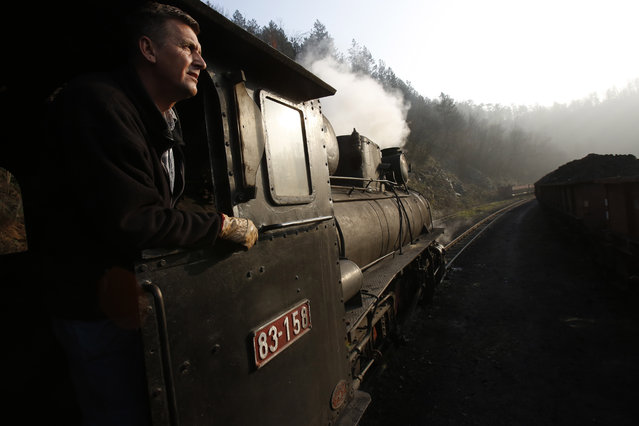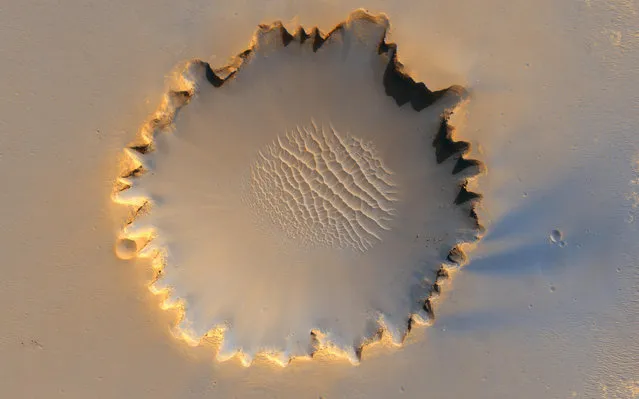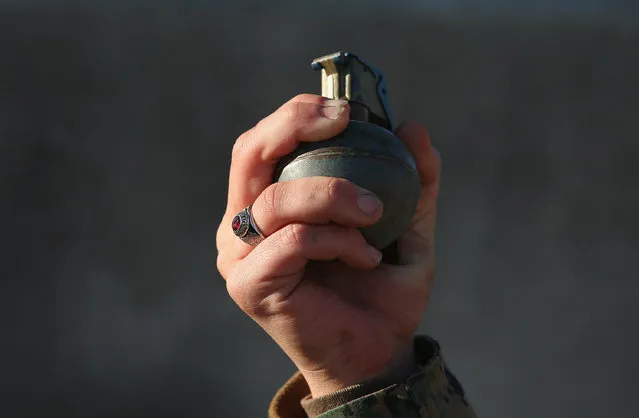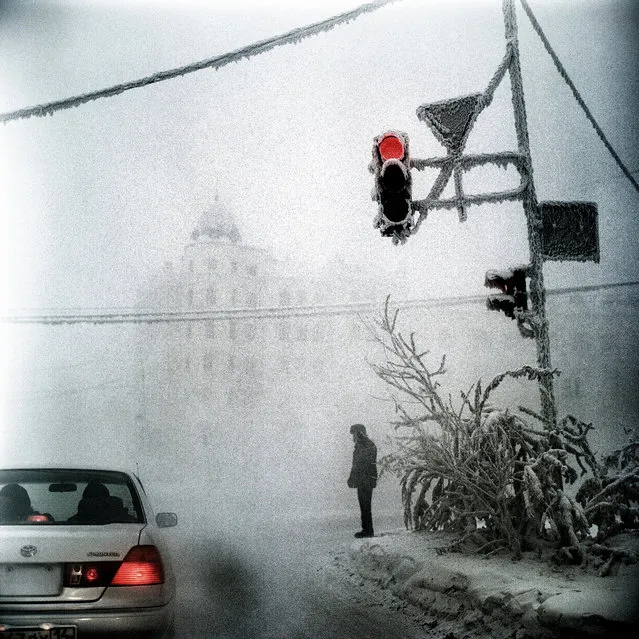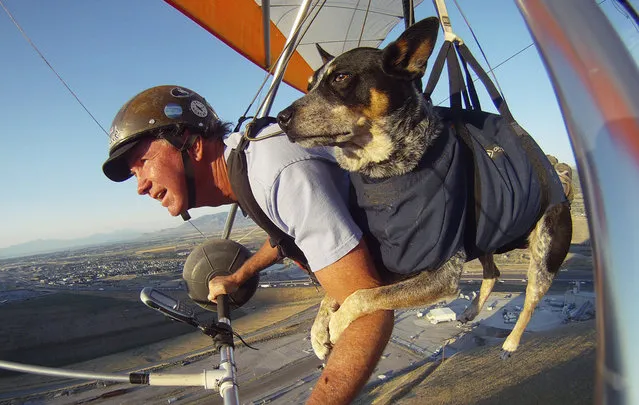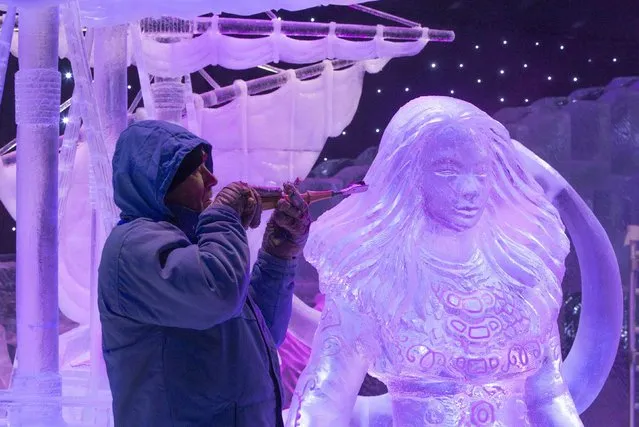
Sculptor Jiri Genzer of the Czech Republic carves an ice sculpture at the Disney Dreams Ice Festival in Antwerp November 27, 2014. Some 60 artists from all over the world participated in the festival, making sculptures out of around 500 tonnes of ice. The festival will open on November 29 until January 11, 2015. (Photo by Yves Herman/Reuters)
30 Nov 2014 12:29:00,post received
0 comments

